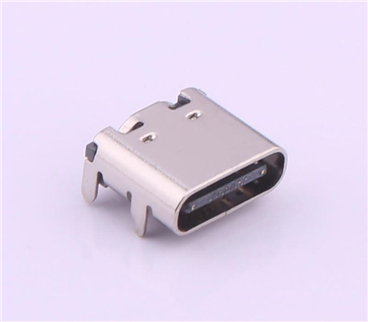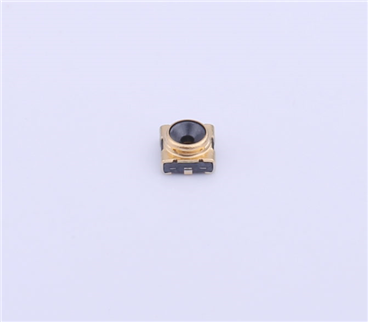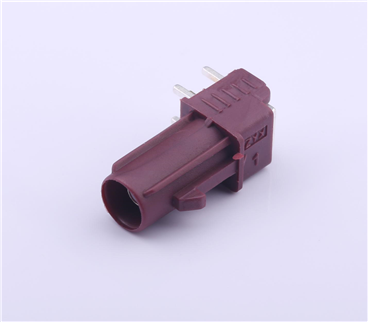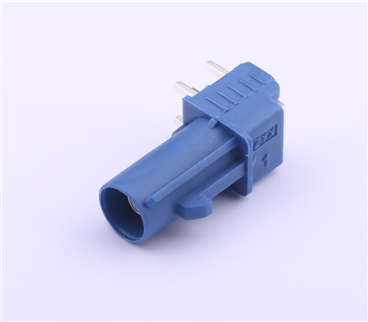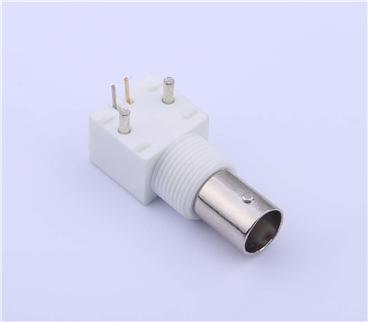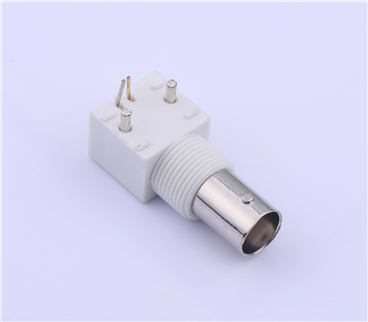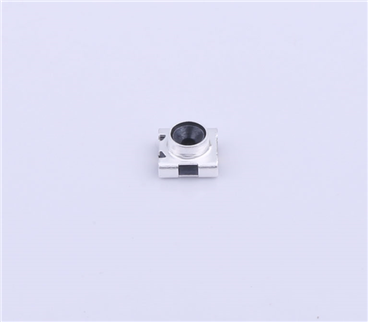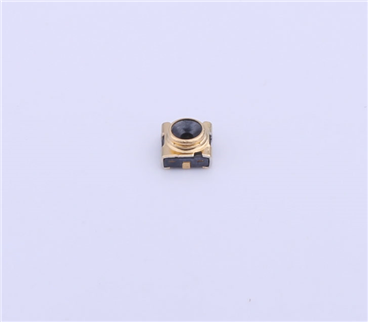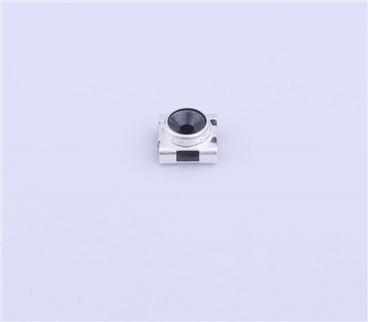Service hotline
+86 0755-23615795
Release date:2025-05-21Author source:KinghelmViews:1670
In electronic devices and electrical systems, connectors serve as critical components for establishing circuit connections and signal transmission. With continuous technological advancements, the types of connectors have become increasingly diverse, with significant differences in performance, technology, and application scenarios between precision connectors and common connectors. Whether you are an electronic engineer, equipment manufacturer, or technology enthusiast interested in connectors, understanding these differences helps in making informed choices based on practical needs. This article deeply analyzes the distinctions between precision connectors and common connectors from multiple dimensions.
1. Performance Metrics: Notable Differences in Precision and Stability
(1) Dimensional Accuracy
Common connectors are designed to meet basic connection functions, with relatively lenient requirements for dimensional accuracy. For example, in a typical USB-A interface connector, the dimensional tolerance range is usually ±0.1mm to ±0.2mm, only needing to ensure smooth plugging/unplugging and basic electrical connections.
Precision connectors, however, have extremely high requirements for dimensional accuracy, with tolerance ranges often controlled within ±0.01mm or even smaller. Take the Wafer-Level Chip Scale Package (WLCSP) connector in semiconductor packaging: to achieve precise connections between chips and circuit boards, its pin pitch is extremely small, and dimensional accuracy must reach the micrometer level. Any minor dimensional deviation can lead to abnormal signal transmission or connection failure.
Common connectors satisfy general signal and power transmission needs. For instance, a household power socket connector primarily ensures stable current transmission, with low requirements for signal transmission speed and stability, and contact resistance typically controlled within tens of milliohms.
Precision connectors are dedicated to high-speed, high-frequency, low-loss signal transmission and high-precision power transmission. RF precision connectors used in 5G communication need to support millimeter-wave band signal transmission, with contact resistance usually required to be below 10 milliohms. They must also have excellent impedance matching performance to reduce signal attenuation and reflection during transmission, ensuring signal integrity.
The mechanical performance of common connectors focuses on basic plugging/unplugging lifespan and simple anti-loosening designs. For example, a typical 3.5mm headphone plug connector can generally withstand several hundred to thousands of plugging/unplugging cycles and is not easily loosened under normal use.
Precision connectors have more stringent mechanical performance requirements, requiring not only a higher plugging/unplugging lifespan (usually tens of thousands of times or more) but also excellent resistance to vibration, shock, and wear. In aerospace, precision connectors used in satellites and aircraft must withstand strong vibrations and shocks in complex environments while maintaining connection reliability and stability during frequent plugging/unplugging operations.
Common connectors are mostly manufactured using traditional processes like stamping and injection molding. Stamping is used to produce metal terminals by pressing metal sheets into shape with molds; injection molding forms plastic housings by melting plastic pellets and injecting them into mold cavities. These mature processes offer high production efficiency and low costs, suitable for mass production.
Precision connectors rely on advanced processing technologies such as photolithography, etching, and micro-electromechanical systems (MEMS) processing. Photolithography, similar to the process used in semiconductor manufacturing, transfers patterns onto material surfaces via photomasks to create precise pin structures and circuit patterns; etching removes and shapes materials. These micro-processing technologies achieve micrometer or even nanometer-level precision but involve high technical difficulty, expensive equipment, and long production cycles.
Assembling common connectors is relatively simple, mainly involving manual or semi-automatic equipment to assemble metal terminals and plastic housings, followed by basic electrical performance testing. For example, workers can quickly assemble connectors inside a computer case.
Precision connector assembly requires ultra-clean and dust-free environments, using high-precision automated equipment and advanced assembly techniques. For instance, assembling Flip Chip connectors requires high-precision placement equipment to position chips with micrometer-level accuracy onto substrates and achieve electrical connections via reflow soldering and other processes. Real-time quality monitoring and testing are also conducted during assembly to ensure every connector meets strict standards.
Quality inspection for common connectors mainly includes visual checks and basic electrical performance tests (e.g., continuity, insulation resistance testing), with relatively simple inspection equipment and methods.
Precision connector quality inspection covers more dimensions and higher-precision test items. In addition to routine electrical performance tests, it includes signal integrity testing, high-frequency characteristic testing, dimensional accuracy measurement (using microscopes, coordinate measuring machines, etc.), and reliability testing (e.g., high-low temperature cycle testing, salt spray testing, vibration testing). These complex inspection processes require highly specialized equipment and personnel to ensure every precision connector operates stably and reliably in complex applications.
Metal terminals of common connectors typically use cost-effective materials like copper alloys, with surfaces possibly plated with tin or nickel to improve conductivity and corrosion resistance. This material combination meets general electrical connection needs but performs relatively weakly in high-temperature resistance and oxidation resistance.
Precision connectors use higher-performance metal materials such as gold, palladium, and beryllium copper to ensure excellent electrical and mechanical properties. Gold offers good conductivity, oxidation resistance, and chemical stability, often used for contact surfaces in precision connectors to reduce contact resistance and improve signal transmission reliability; beryllium copper alloys have high strength, elasticity, and wear resistance, suitable for making elastic contact components in precision connectors.
Insulating housings of common connectors generally use general-purpose plastics like polypropylene (PP) and polyethylene (PE), which are low-cost and easy to process but have limited performance in high-temperature resistance, chemical corrosion resistance, and electrical insulation.
Precision connectors employ high-performance insulating materials such as polytetrafluoroethylene (PTFE), polyphenylene sulfide (PPS), and liquid crystal polymer (LCP). PTFE has extremely low dielectric constant and loss, suitable for connectors transmitting high-frequency signals; LCP offers excellent dimensional stability, high-temperature resistance, and electrical insulation, commonly used for making housings and substrates in precision connectors.
Common connectors are widely used in fields with relatively low performance requirements, such as consumer electronics, household appliances, and basic industrial equipment. Examples include USB Type-C connectors in phone chargers, HDMI interface connectors in TVs, and network interface connectors in home routers. These connectors meet basic connection needs in daily use, emphasizing cost-effectiveness and versatility.
(2) Applications of Precision Connectors
Precision connectors are mainly used in high-end fields with extremely high performance and reliability requirements, such as aerospace, medical equipment, semiconductor manufacturing, 5G communications, and high-speed data centers. In aerospace, they connect various electronic systems and equipment in aircraft to ensure stable signal and power transmission in complex environments; in medical devices like pacemakers and MRI machines, their reliability and safety directly impact patient health; in semiconductor manufacturing, they are used for chip testing and packaging, with nearly harsh requirements for precision and stability.
Precision connectors and common connectors differ significantly in performance metrics, manufacturing processes, material selection, and application scenarios. Common connectors excel in cost-effectiveness and versatility, satisfying basic connection needs in the mass market; precision connectors, with their high precision, performance, and reliability, have become indispensable key components in high-end fields. As technology advances, both common and precision connectors will continue to innovate and upgrade to meet evolving market demands. In practical applications, users should select appropriate connectors based on specific scenarios and performance requirements to ensure stable and efficient operation of devices and systems.
